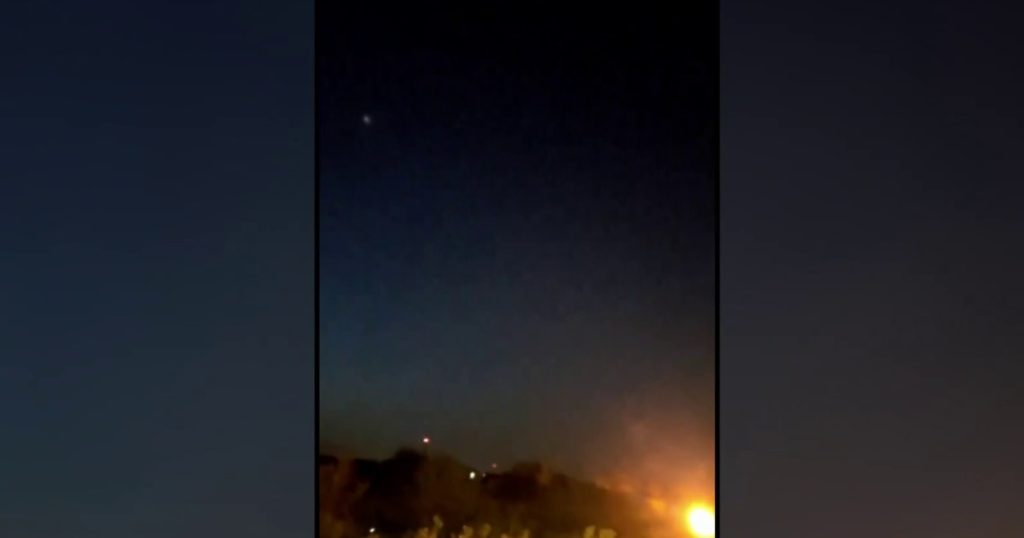In discussing various forms of art, such as paintings and poems, we find that they often communicate deeper truths and emotions that go beyond mere words or images. Art has the ability to evoke feelings, thoughts, and reactions within us that may not be initially apparent. This can be seen in the way that a painting can convey a sense of beauty or sadness, or how a poem can stir up emotions of love or nostalgia. These forms of expression allow us to connect with the artist on a deeper level and provide a glimpse into their inner world.
The beauty of art lies in its ability to transcend language and cultural barriers, allowing people from all walks of life to appreciate and understand its message. No matter where we come from or what language we speak, we can all relate to the emotions and experiences portrayed in a piece of art. This universality of art is what makes it such a powerful tool for communication and self-expression. It can create a sense of unity and understanding among people who may otherwise have little in common.
Art also has the power to challenge our perspectives and push us to think about the world in new and different ways. Through the use of vivid imagery, symbolism, and metaphor, artists can challenge us to question our beliefs, values, and assumptions. This can lead to personal growth and enlightenment as we come to see the world from a different angle. By presenting us with new ideas and perspectives, art can broaden our horizons and enrich our understanding of the world around us.
In addition to its ability to communicate complex emotions and ideas, art also has the power to provoke change and inspire action. Throughout history, artists have used their work as a platform to address social and political issues, often sparking movements and revolutions. Whether through paintings, sculptures, or performances, artists have the ability to shine a light on injustice, inequality, and oppression, and inspire others to take a stand and make a difference. This is evident in the way that art has been used as a tool for activism and social change, with artists using their platform to amplify marginalized voices and challenge existing power structures.
Furthermore, art has the capacity to provide solace and comfort in times of struggle and hardship. When we are faced with challenges or difficulties in life, art can act as a source of inspiration and healing, helping us to find meaning and purpose in our experiences. Whether through music, literature, or visual art, we can find solace in the beauty and truth that art offers, allowing us to navigate our emotions and find a sense of peace amidst chaos. This ability of art to provide comfort and support is what makes it such a valuable and essential part of human existence.
In conclusion, art is a powerful and transformative force that has the ability to move, challenge, and inspire us in ways that words alone cannot. Through its ability to communicate complex emotions and ideas, transcend language and cultural barriers, provoke change, and provide solace, art enriches our lives and brings meaning and beauty to the world. As we continue to celebrate and appreciate the diverse forms of art that exist, we must also recognize and honor the profound impact that art has on our individual and collective experiences. By engaging with art in all its forms, we can open ourselves up to new perspectives, insights, and understandings that can help us navigate the complexities of the human experience.


